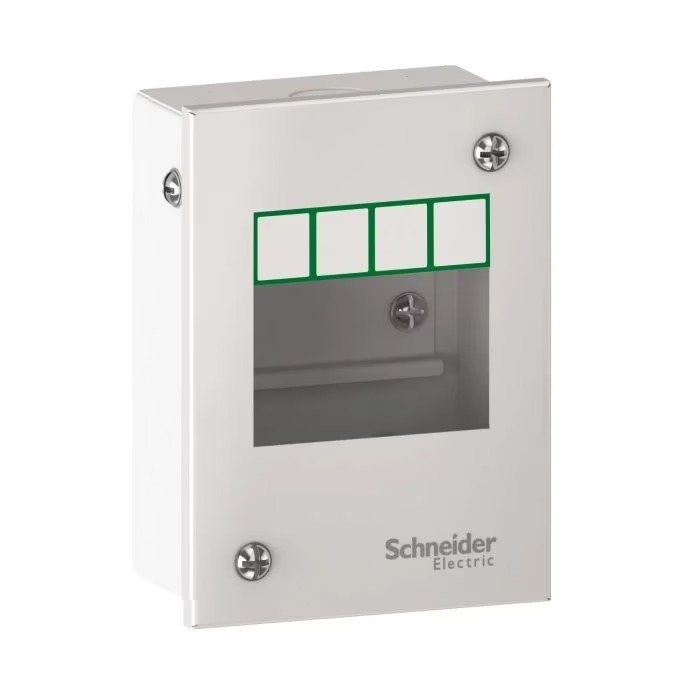
Picture your home, office, or factory as a living organism. The power utility is the heart pumping voltage through incoming service cables, but the organ that keeps every circuit, socket, and appliance supplied—without letting a single fault escalate into a fire—is the distribution board. Often tucked behind a metal door in the foyer or hidden inside an MCC (motor-control centre), this panel is the unsung hero of modern electrical safety, efficiency, and expandability. Whether you are an architect designing a high-rise, a facility manager retrofitting an old warehouse, or a homeowner curious about why the lights trip when three appliances start at once, understanding the fundamentals of a distribution board is essential.
What Exactly Is a Distribution Board?
A distribution board—called a consumer unit in the UK or a load-center in North America—is a low-voltage switchgear assembly that receives one incoming feeder and splits it into multiple outgoing circuits. It houses protective devices such as MCBs, RCCBs, SPDs, busbars, neutral links, and earthing terminals. Standards like IEC 61439-3:2024 define specific construction rules for boards “operated by ordinary persons,” covering dielectric strength, temperature rise, and short-circuit withstand ratings. In India, IS 13032 and IS 8623 provide domestic equivalents.
Key functions include:
Circuit segregation—individual breakers isolate faults without blacking out the entire premises.
Over-current protection—each mcb in switch board trips on overload or short circuit, preventing wire insulation from overheating.
Residual-current protection—RCCBs disconnect dangerous earth-leakage currents within 30 ms.
Surge suppression—SPDs divert lightning or switching spikes to the ground.
Energy monitoring—smart boards integrate metering to profile consumption and detect anomalies.
Breaking Down the Parts
Enclosure & pan assembly: Usually sheet steel or flame-retardant thermoplastic, rated IP 42-65 depending on indoor/outdoor duty.
Copper busbar: A tinned, insulated bus distributes power evenly; IEC 61439 limits temperature rise to 70 K.
DIN rail: The mounting spine for miniature devices, standardised at 35 mm width.
Neutral & earth bars: Segregated copper strips that simplify termination and maintenance checks.
Front cover with blanking plates: Maintains IP rating even as circuits are added or removed.
Understanding this anatomy lets you specify spare ways for future loads instead of cramming extra breakers later.
Role of the MCB in a Switch Board
The miniature circuit breaker, or mcb in switch board, is a thermomagnetic device calibrated to interrupt fault currents in 2–3 ms. It replaces older cartridge fuses, offering reset capability and precise trip curves (B, C, D) to match load characteristics. When a hair dryer, welder, or motor draws more current than its cable can safely carry, the bimetal element heats up and trips. In a dead short, the magnetic coil reacts almost instantaneously to cut power. Common reasons for nuisance trips—overload, short circuits, or ground faults—are well documented by safety experts.
Rule of thumb: never uprate an MCB to “get rid” of trips; instead, trace the root cause—often a loose neutral, underrated cable, or defective appliance—and correct it.
Types of Distribution Boards
SPN (Single-Pole Neutral): For single-phase homes and shops, combining phase breakers with a shared neutral bar.
TPN (Three Pole Neutral): Three-phase supply with individual phase isolation; ideal for mixed lighting and motor loads.
Double-door DBs: Separate metered and non-metered compartments—useful for apartments where DISCOM seals the meter section.
Plug-in vs. Bolt-on: Plug-in MCBs ease maintenance; bolt-on types offer higher vibration resistance in the industry.
Smart or IoT DBs: Include Wi-Fi, Zigbee, or Modbus modules to log energy, notify trips, and enable remote resets—aligning with Industry 4.0 dashboards.
Selecting the right format affects installation labour, future capacity, and compliance audits.
Installation Best Practices
Location matters: Mount the distribution board at an easily accessible height (1.4–1.8 m) near the entry switch to comply with the IS code; avoid damp areas.
Busbar rating: Size busbars at least 1.2 × maximum demand to minimise heat loss.
Cable entry: Use double-compression glands; segregate incoming feeder from outgoing circuits to maintain creepage distances.
Phase identification: Colour-code or mark phases L1/L2/L3; mis-labelling complicates fault diagnosis.
Torque & inspection: Tighten terminals to manufacturer specifications; a loose lug causes 90 % of heat spots caught on thermal scans.
Surge protection: In lightning-prone zones, install Type 2 SPDs within 0.5 m of the main breaker for low let-through voltage.
A sloppy install can void warranty and violate statutory approvals, so hire licensed electricians and insist on checklists.

Maintenance and Troubleshooting
Visual inspection (monthly): Look for scorch marks, melted insulation, or rust.
Thermal imaging (quarterly): Identify hotspots before they arc.
Trip-test RCCBs (monthly): Press the “T” button; failure indicates internal mechanism fatigue.
Megger insulation test (yearly): Assess wiring health; IR > 1 MΩ is generally acceptable.
Log MCB trips: Recurrent faults on the same breaker hint at overload sizing or appliance defects.
These proactive steps keep both mcb in switch board and downstream circuits reliable, extending the life of connected equipment.
Future Trends
Modular energy gateways: Boards integrating metering chips and app dashboards that profile every circuit’s kWh usage.
Arc-fault detection devices (AFDDs): Sensors that recognize dangerous series arcs long before an MCB can respond.
Hybrid AC/DC boards: Designed for homes with solar PV, battery storage, and EV chargers, allowing DC strings to coexist safely.
Plug-and-play micro-RCCBs: Swappable modules that snap into DIN rails without rewiring, cutting downtime during upgrades.
Circular economy enclosures: Recycled thermoplastics rated UL94 V-0, advancing sustainability targets without compromising flame resistance.
Staying ahead of these innovations ensures your distribution board remains future-proof for smart grids and renewable integration.
Why the Distribution Board Deserves Respect
Statistics from electrical-safety audits show that nearly 70 % of domestic fares start at loose terminations or undersized breakers within switchboards. A properly specified and maintained distribution board eliminates single-point failures, localizes faults, and provides expansion space for tomorrow’s gadgets—from induction cooktops to EV chargers. More importantly, it acts as the last line of defense when something goes catastrophically wrong: a corroded cable that shorts, a water leak hitting live conductors, or a lightning surge racing down service lines.
Conclusion
What might look like a grey metal box on the wall is in truth a finely engineered control centre that protects people, property, and processes. By understanding how a distribution board operates, why each mcb in switch board is carefully chosen, and how regular maintenance preserves safety margins, you empower yourself to make smarter design or retrofit decisions. For authentic, standards-compliant boards—spanning basic SPN units to next-gen smart panels—backed by technical support and nationwide delivery, explore the curated range at the Schneider Electrical eShop, where quality meets innovation for every circuit in your care.






